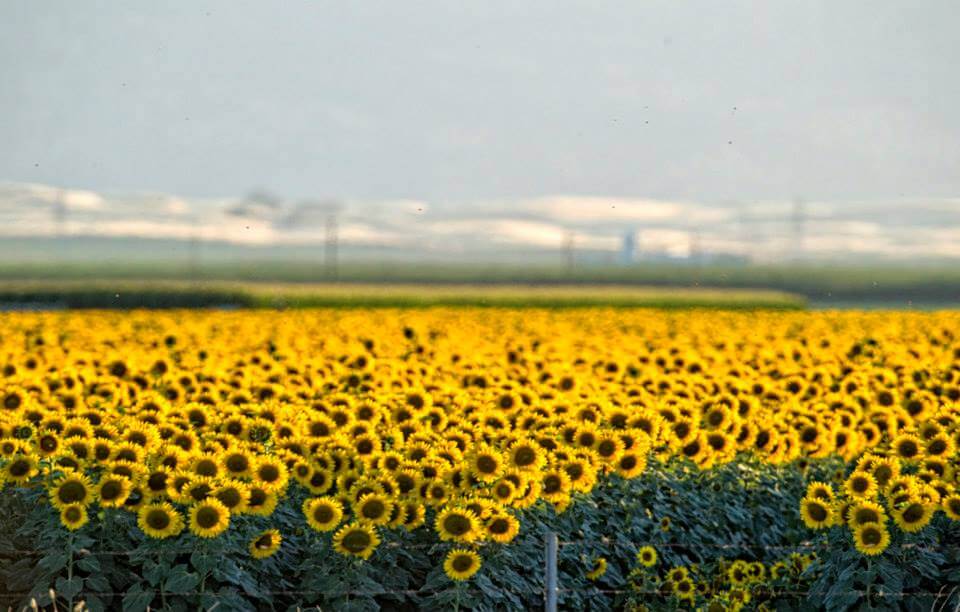This article originally appeared in The Record on July 16, 2015. The article can be viewed at: Recordnet.com.
As we all know, California is in the midst of a drought of historic proportions. Snowpack levels are at the lowest levels ever recorded. Reservoir levels are significantly lower than average and the prospect of significant rain and snow is nil at this point in the year.
Gov. Jerry Brown declared a state of emergency in January 2014 and in April of this year mandated towns and cities reduce their water use by an average of 25 percent.

Much has been said about this historic mandate, the first of its kind in California history. One assertion that is routinely made, but that is quite misleading, is that agriculture and the environment were not included and therefore are untouched. While it’s true the governor’s mandate did focus on urban uses, it was not widely reported that the water supplies for agriculture and the environment had already been cut significantly throughout the state.
National Wildlife Refuges administered by the U.S. Fish & Wildlife Service and state Wildlife Areas operated by the California Department of Fish & Wildlife have seen their water allocations reduced, as mandated by law, during these years of drought. For the past two years, refuges operating under the Central Valley Project Improvement Act (CVPIA), generally those refuges using Sacramento River water, have had their Level 2 (water generally used to flood up wetlands in the fall) allocation cut by 25 percent and their summer irrigation (generally Level 4) water has been cut 100 percent; they will see no summer water.
Wildlife areas served by the state water project have fared even worse, seeing their flood up allocation cut by 50 percent with little hope of receiving any summer water. CVPIA refuges south of the Delta will also see significant cuts, likely receiving 65 percent or less of their Level 2 allocation and again, zero percent of their full Level 4 supply.
Agricultural water users are in the same boat. In the Sacramento Valley, the suppliers with settlement contracts along the Sacramento River will have their surface supplies reduced by more than 25 percent and those on the Feather River will be cut back by 50 percent. Many others in both the Sacramento and San Joaquin Valleys will have their surface water supply reduced by 100 percent for the second year in a row, which means no deliveries. Curtailments have been issued mandating many other water right holders on other streams to cease and desist from diverting water, even though they have rights to do so. A 25 percent reduction would be a welcome relief to many.
These cuts to farmers and wildlife refuges during the past two years are significant and have real impacts to both habitat for wildlife and to farmers’ ability to make a living. To imply that either has remained unscathed by the drought or by mandatory water reductions is far from the truth.
No one is escaping the wrath of Mother Nature, whether covered by Gov. Brown’s mandate or not.
— Mark Biddlecomb is Western Region Director of Ducks Unlimited. David J. Guy is president of the Northern California Water Association



